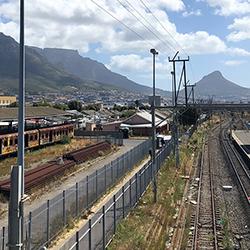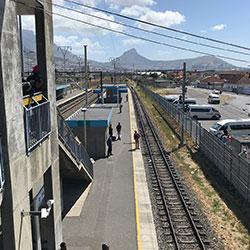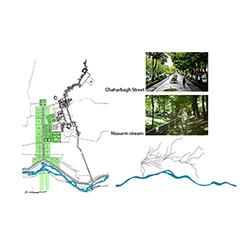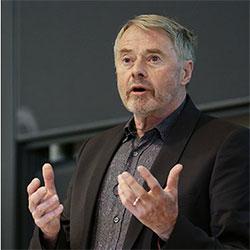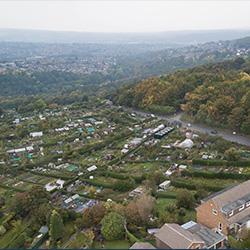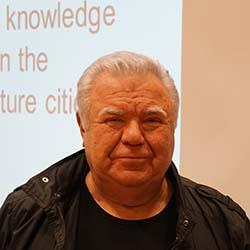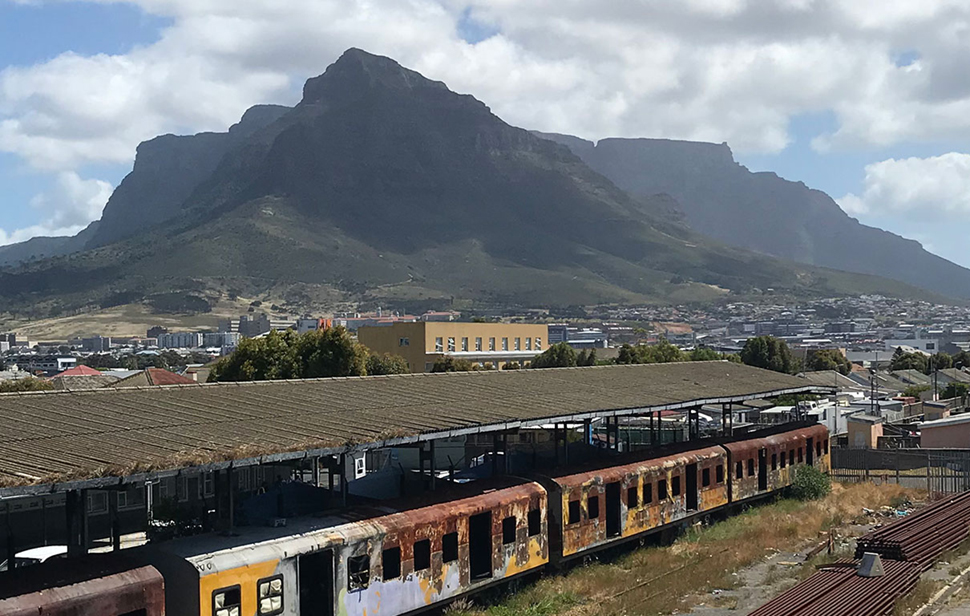
Transport Justice for Poverty Reduction
A ‘transport justice’ approach starts with accessibility as the primary premise for transport planning and infrastructure investment. A central tenet of this perspective is that there is a minimum level of accessibility that a transport system should provide every user, irrespective of their income, gender, age, spatial location or any other characteristic. Through this approach, accessibility acts as a proxy for poverty and other forms of inequity.
Read one of our stories and highlights from our Annual Report 2018. The article is written by By Sean Cooke, who works for Mistra Urban Futures as an embedded researcher at the City of Cape Town, South Africa.
The goal of transport planning and infrastructure investment should be to provide access to opportunities and activities. However, historic transport planning have optimised systems for transport speed rather than individual access. Speed is inherently linked to the transport mode, which, in turn, is linked to income, as wealthier travellers pay more for a transport mode with a higher speed. Gains in speed are often easier to attain through investing in infrastructure for cars. Optimising transport systems for network speed, rather than the accessibility that the system provides people, inadvertently subsidises the wealthiest members of a society.
Transport justice
A central tenet of The ‘transport justice’ approach is that there is a minimum level of accessibility that a transport system should provide, irrespective of the user’s income, gender, age, spatial location or any other characteristic. Comparing the number of activities that a person can access, to the speed across the city that the person can achieve, it is evident that many public and non-motorised transport users that are lower-income, older or female have levels of accessibility below this sufficient minimum. According to the ‘transport justice’ approach, these users should be specifically prioritised and subsidised in order to raise their accessibility to the minimum level. Similarly, improvements to the transport system that largely benefit people with high levels of accessibility—usually wealthy car owners—should be optional and self-financing.
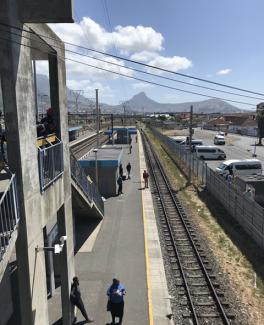
Investing in accessibility improvements
Transport justice is gaining support in Cape Town, where poverty, inequality and accessibility are strongly linked to race and spatial segregation. A planning strategy that demonstrates some of the principles of transport justice is Transit-Oriented Development (TOD). The definition of TOD is “[a] planning, design and implementation approach to better integrate public transportation and urban development to accomplish economic and societal objectives”. A core societal objective is an improvement in accessibility through ‘spatial restructuring’ to repair some of the damage done by Apartheid spatial planning. Accessibility is a concept that bridges the transport and land use sectors in a similar way to TOD. In Cape Town, TOD is not aiming to shift people out of their cars, but to invest in accessibility improvements for those who have long been below a reasonable sufficient minimum level of access.
This type of TOD, and the transport justice approach, is, in part, being advanced by one of Mistra Urban Futures’ embedded researchers. During the Mistra Urban Futures’ Conference in Cape Town, a site visit to the well-located, low-density, middle-income neighbourhood of Maitland tried to illustrate the complexity of TOD, accessibility and poverty in the city.
Conflicting geographic scales of justice
Maitland holds immense opportunities to introduce TOD in the form of higher density, mixed-income housing and job opportunities. This would significantly improve the level of accessibility for many who are below the sufficiency threshold. However, investment in TOD around the rail station will spur gentrification across the neighbourhood, and existing lower-to-middle-income residents will be forced to relocate. This site visit attempted to demonstrate that there are often conflicting geographic scales of justice when investing in TOD and transport infrastructure. The accessibility improvements that the TOD will create at the public transport network scale are in direct conflict with the accessibility declines for those that are forced out of the neighbourhood by gentrification at the local scale. Rationalising these conflicting scales of justice is integral to realising a more just city, moving closer to transport justice and achieving a meaningful reduction in poverty.
By Sean Cooke, who works for Mistra Urban Futures as an embedded researcher at the City of Cape Town, South Africa.
For further questions contact: Sean Cooke
Photo: Jan Riise
